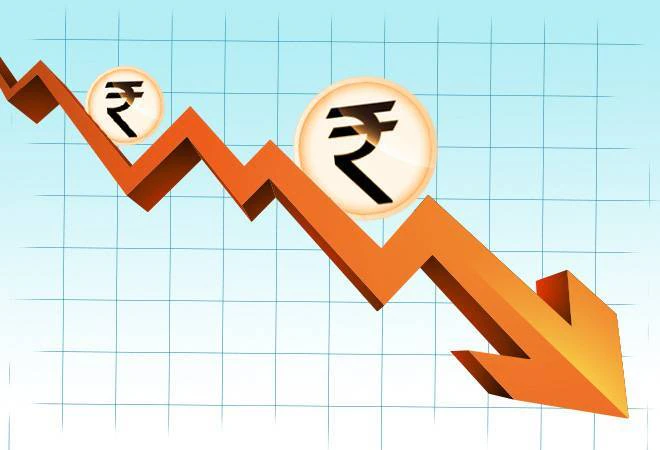Font size:
Print
Clean Plant Programme (CPP)
Context:
The Union Cabinet recently approved the Clean Plant Programme (CPP) to increase the yield and productivity of horticulture crops in India.
More on News:
- It was first announced in the interim Budget speech of February 2024.
- This is also targeted at enhancing the quality of fruit crops across the nation.
- The Ministry of Agriculture will be the nodal ministry for the implementation of this programme.
- The funds for this programme will come from the Mission for Integrated Development of Horticulture (MIDH) and a loan from the Asian Development Bank (ADB) at a fifty-fifty ratio.

How will the CPP work?
- The programme focuses on three key components: providing farmers with virus-free, high-quality planting material for vegetative propagation, aiming to boost crop yields and income opportunities.
- Development of nine Clean Plant Centers (CPCs): CPCs will offer disease diagnostics and treatments, produce mother plants for nurseries, and quarantine both domestic and imported planting materials for commercial propagation and distribution.
- Infrastructure Development: It will involve establishing large-scale nurseries for efficient multiplication of clean planting material—mother plants from the CPCs will be propagated in these nurseries and distributed to farmers.
- Regulatory and Certification Process: This process guarantees full accountability and traceability in the production and sale of planting material.
|
Use of Artificial Intelligence (AI) in horticulture sector: Powered by Intello Labs, the Praman Exchange is the world’s largest horticulture exchange. It uses computer vision to map the quality of horticulture products. Pramaan’s technology achieves quality assessment with 95% accuracy, surpassing the manual assessment rate of 70 per cent. This gives the contractors the required time and flexibility to trade from anywhere in the world. |

Need for CPP:
- India is the second-largest producer of fruits and vegetables globally, after China.
- The area under horticulture crops in India increased from 24 million hectares in 2013-14 to 28.63 million hectares in 2023-24, with production rising from 277.4 million metric tonnes (mt) to 352 million mt.
- India is a significant importer and exporter of fresh fruits, exporting $1.15 billion worth of fresh fruits in 2023-24 while importing fruits worth $2.73 billion.
- Due to rising fruit consumption, demand for planting materials of foreign apples and “exotic” fruits like avocado and blueberry has grown.
- Between 2018-20, the EXIM committee approved the import of 21.44 lakh apple plants in 2018, increasing to 49.57 lakh in 2020.
- Avocado plant import permissions rose from 1,000 plants in 2018 to 26,500 in 2020, while blueberry plant imports increased from 1.55 lakh in 2018 to 4.35 lakh in 2020.
- Currently, importing plants is a complex process, requiring a two-year quarantine period, but CPCs will reduce this period to six months, making it easier for farmers to obtain disease-free and authentic planting material for horticultural crops in India.
|
Government Schemes in the Horticulture Sector
|


